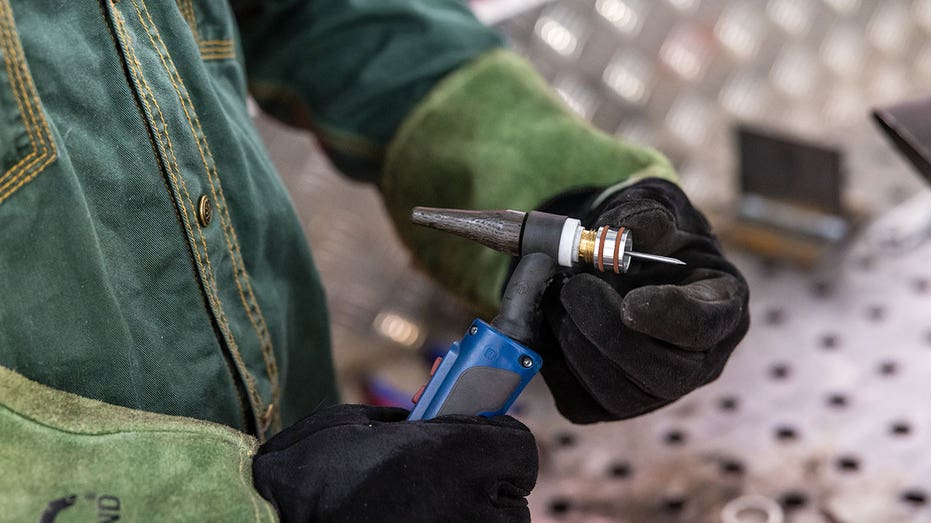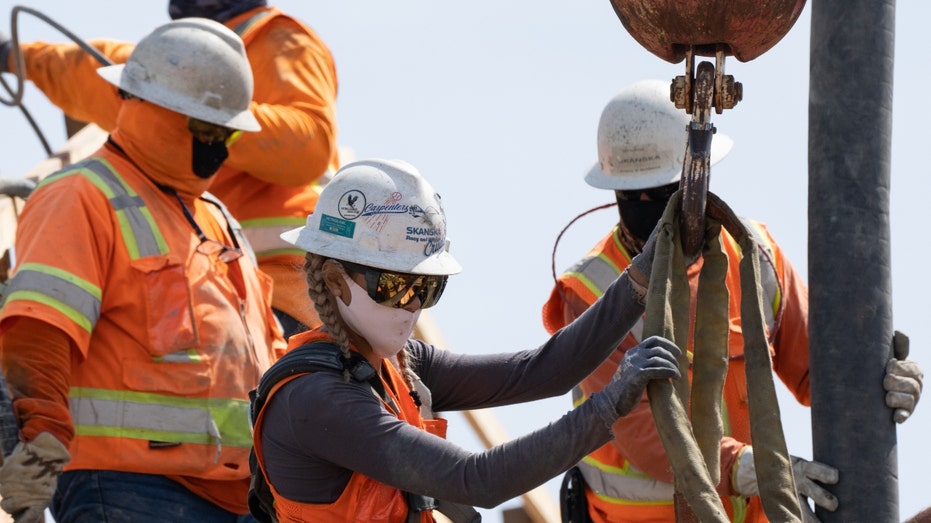Around 58% of recent graduates are still seeking full-time work, compared to just 25% of millennials, Gen Xers, and baby boomers at the same stage. Gen Z job-hunters are also three times less likely to have a job lined up before graduation—a shift attributed in part to AI automation reducing the number of traditional entry-level roles.
Despite frequent criticism that Gen Z simply doesn’t want to work five days in-office—or work at all—research indicates their older millennial critics truly faced a much easier employment landscape.
According to a recent Kickresume report, about 58% of students who graduated within the last year are still looking for their first job. In contrast, only 25% of graduates in prior generations experienced the same struggle.
It’s tempting to dismiss this gap as lack of motivation, as public figures like Whoopi Goldberg and Judge Judy have done. But the data suggests earlier generations genuinely had a smoother path into full-time employment. Nearly 40% of older graduates secured jobs by graduation day, compared to just 12% of recent Gen Z grads.
“The journey from classroom to career has never been straightforward,” Kickresume researchers note. “But it’s clear that today’s graduates are entering a job market that’s more uncertain, more digital, and arguably more demanding than ever.”
Today’s young job-seekers face challenges from AI agents, a tightening white-collar job market, and even unconventional hiring practices—from “lunch tests” to personality quizzes. For many, the job search has become a full-time endeavor in itself, with some applicants sending out as many as 1,700 résumés without success.
AI is also eating away at entry-level opportunities. As chatbots and automation handle routine tasks once assigned to junior staff, many companies simply need fewer new hires.
Meanwhile, rising tuition costs and a bleak employment landscape have pushed 4.3 million young Americans into NEET status—not in education, employment, or training. The UK has seen a similar rise, with its NEET population growing by 100,000 in just the past year. The once-reliable promise that a college degree would lead directly to full-time work has eroded.
“Universities aren’t deliberately setting students up to fail, but the system is failing to deliver on its implicit promise,” says Lewis Maleh, CEO of recruitment agency Bentley Lewis.
Kickresume’s advice for new graduates? Don’t hold out endlessly for the perfect role. Just get a foot on the ladder.
“We often tell graduates not to stress too much about their first job. It’s just a starting point, not a life sentence.”
Gen Z is also getting creative—sometimes dramatically so—to get noticed.
One Silicon Valley marketing hopeful, Lukas Yla, disguised himself as a delivery driver to hand over boxes of donuts containing his résumé and LinkedIn profile. The note inside read:
“Most resumes end up in trash. Mine—in your belly.”
The stunt earned him at least 10 interviews.
Another job-seeker, Basant Shenouda, couldn’t find work for six months after graduating from a top German university. Instead, she volunteered to waitress at a major marketing conference. During breaks, she shared her CV with 30 to 40 attendees for feedback and connections. Soon after, she landed a role at LinkedIn.
“When you’re a graduate, you think everyone’s going to say yes to you and things are going to work out,” she told Fortune. “But it’s a matter of building up resilience. You need to keep reassessing your process so that every no gets you closer to that next yes.”
Gen-Z is "waking up" to seeing the value in trade schools as enrollment is increasing after several decades of young people overlooking the practice, one welding school CEO says.
"It's getting a little bit better now. It feels like the youth are waking up, but, for far too long, for 30 to 40 years at least, the public education system really didn't look at the trades as an upward move," CEO of Midwest Technical Institute Brian Huff told Fox News Digital on Thursday.
The Midwest Technical Institute was established in 1995 as a welding school that later expanded into training in HVAC, electrical, and healthcare work. The trade school recently started cosmetology and truck driving programs as well.
Huff added that the school is trying to close the trade-skills gap that came as a result of K-12 schools encouraging college attendance as an "upward move."

Filling skilled trade positions is a dire need in the United States. (Frank Hammerschmidt/picture alliance via Getty Images / Getty Images)
"And for far too long, the public education system basically characterized [trades] as a downward move," he said.
"Basically, the grand prize is a trip to college," he continued, "And they made that the goal."
Enrollment at Midwest Technical Institute has increased by 35% since 2020, Huff told Fox News Digital.
According to the National Clearing House, a research center that focuses on higher education institutions and educational organizations, enrollment in several kinds of trade programs has increased, including mechanical and repair technology, as well as construction. The study, released in the spring, reported further that enrollment in trade schools grew by 19% and that enrollment in public two-year-focused schools increased by 12%.

Gen-Z is "waking up" to seeing the value in trade schools as enrollment is increasing after several decades of young people overlooking the practice, one school leader says. (Photographer: Bing Guan/Bloomberg via Getty Images / Getty Images)
"That's why we feel like the youth, that Gen Z generation, is really starting to wake up to the trades. And I don't see it going away," Huff said.
Huff touted President Donald Trump’s recently signed "big, beautiful bill" for bolstering trade schools. Under the bill, students can use Pell grant money to pay for short-term workforce training programs offered by some accredited trade schools.
Huff said the grants will help people who already have experience or are already using their trade skills. They would allow an individual to take a shorter high-quality program to enhance their skills and stack their credentials. Furthermore, it benefits people who don't have the time to take a standard-length program.

WASHINGTON - JULY 4: President Donald Trump signs H.R. 1: "One Big Beautiful Bill" from the South Lawn of the White House on Independence Day, July 4, 2025 in Washington. (Tom Brenner For The Washington Post via Getty Images / Getty Images)
"Being able to fund these shorter programs is going to give a lot more people access to the trades," Huff said. "Right now they can take something in 8, 10, 12 weeks and get the skills they need and actually get into the job market much quicker and for much less money."
GET FOX BUSINESS ON THE GO BY CLICKING HERE
While enrollment trends show promising signs for trade jobs, there is a large demand for workers to fill vacancies as current tradesmen are retiring soon. There are 320,500 new welders needed by 2029 to meet demand by that year, the American Welding Society reported.
Other trade industries like plumbing, construction, truck driving, and HVAC/R Technicians face similar circumstances.
